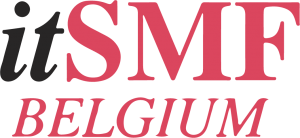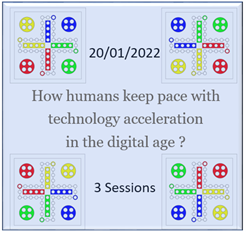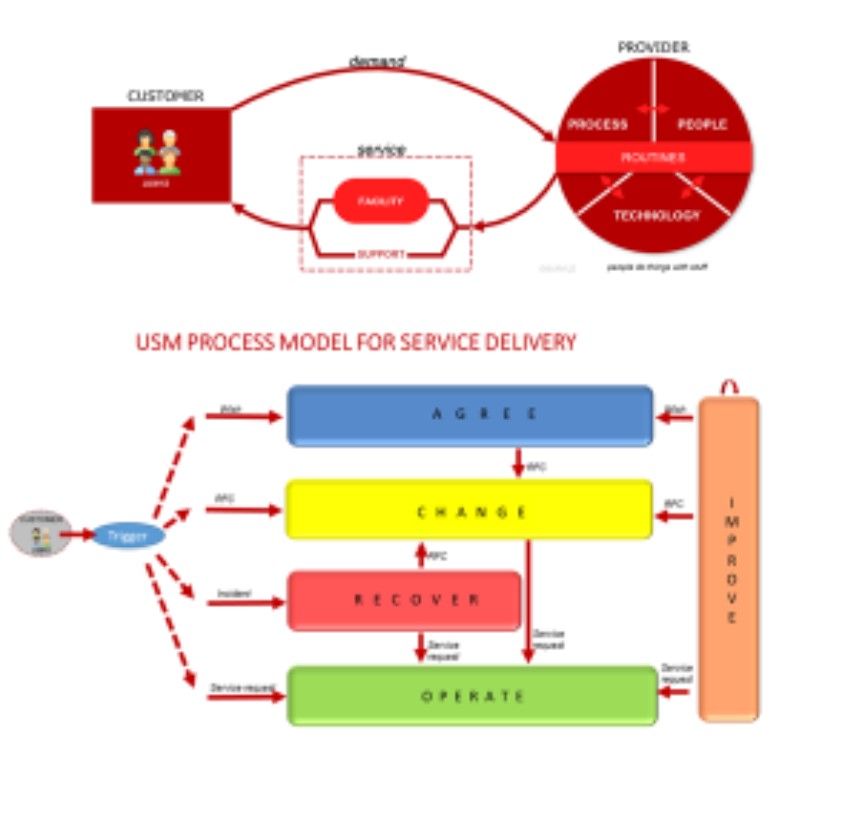The recording of Eddy’s presentation, during the 16th annual conference itSMF Czech Republic
Archive for month: January, 2022
Has your organisation an unstable or foggy view on her demand, you might also struggle with portfolio management. In the past 20 years we have seen IT evolving from a technical oriented team to a more business-oriented department. Service Management became hot and in the latest evolution value is the key word. But how do I organise my demand? What is Portfolio Management really? And why is it so complicated?
In this presentation, Pieter Hoekstra will talk about the 7 steps to improve your grip on demand with portfolio management. During this 1 hour session, the participants will also work in a short break out to experience one of the steps. The impact of Technical Dept will be explained in relation to a Minimum Viable Service. And how release management is one of the cornerstones to manage the workload while keeping a professional way of working and to manage expectations.
BIO of Pieter Hoekstra

My first idea was that my work is bridging the gap between business and IT. But behind this idea is mainly bridging the gap between groups and people in their mutual relationship, the processes, technology, and their routines. I found a unique mix of training, workshops, implementation, and improvement of the services of (IT) organizations.
My career started as a trainer and IT consultant at Pink Elephant, for their client Shell. I later worked for KLM, in their IT organization, for more than 10 years, and then in Marketing and HR. In collaboration with McKinsey, I have been able to do strategic projects and have experienced how consultancy work works. Within CTG Belgium, I became business unit manager and learned a lot about the Belgium market. Subsequently, I made the step to organizational consultancy firm Quint Wellington Redwood (Quint), in roles as trainer, project manager, and country manager Belgium and Luxembourg. Fascinated by the (dis) functioning of groups, I followed intensive training in group dynamics.
Since 2012, I am part of Begrip.be as managing partner, helping people further and providing new insights in the field of group dynamics and service provision based on their bottlenecks. Begrip.be is accredited education partner, certified for USM, licensed for ITIL and Insights. I am author of ITIL4 training material, reviewer of Service Management content and recent also involved as co-writer in DASA (DevOps) material.
Please find here the presentation of the session that took place on 11/1/2022
Please find here the recording of the session that took place on Tuesday 11/1/2022
itSMF CZ is providing us with a gift on Thursday 20/01.
Bundled into 1 package, you are invited from 9:00-11:25 for 3 English spoken sessions:
- From 9:00 – 9:45, Paul Wilkinson will provide you 10 tips for transformational success
- From 9:45 – 10:15, Kaimar Karu dives into Digital Governance
Break - From 10:55 – 11:25, Eddy Peters talks about Agile, the way to go
And the best of all, it is free if you are a paying itSMF Belgium member!!!
Register here: https://conference.itsmf.cz/rocnik/conference-2022-en/
In the participants section, select Guest of the itMFF for your free ticket.

 Paul Wilkinson
Paul Wilkinson
Paul summarizes his top 10 success factors. These success factors represent hundreds of thousands of hours of shared learning that can help accelerate and improve your chances of transformational success and reduce the pain, cost, and anger of business if we fail.
 Kaimar Karu
Kaimar Karu
The key challenges that organizations and nations face in the transition to digital governance are not digital, but are completely analog in nature. In this lecture, Kaimar Karu will explore these challenges, suggest ways to address them, and provide models for integrating technology into existing ways of working.
 Eddy Peters
Eddy Peters
In this presentation, we will explore that being an agile organization has a different definition depending on where you ask. Failure to understand this difference will have a profound impact on development and service organization collaboration. As a result, the agile promise of rapid quality delivery can prove to be a recipe for rapid failure that will adversely affect the user experience. And that’s something developers and service providers don’t want. To understand the difference, we can explore what can be done to ensure that agility fulfills this promise and becomes a tool for the user experience with constant benefits.



